Clancy Tucker's Blog, page 234
January 19, 2016
20 January 2016 - SEAN LENNON
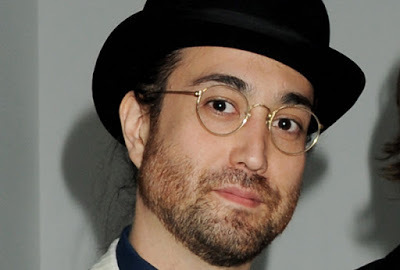
SEAN LENNON
G'day folks,
Welcome to some background on a man who had big shoes to fill. Sean Lennon is the son of John Lennon and Yoko Ono as well as a musician/performing artist, with albums like Into the Sun and Friendly Fire.
Synopsis
Sean Lennon was born on October 9, 1975, in New York City, to Yoko Ono and ex-Beatle John Lennon. After his father was killed, Lennon led a relatively private life, deciding later to pursue music and activism. He released his solo debut album Into the Sun in 1998, followed years later by Friendly Fire. He has also scored the films Rosencrantz and Guildenstern Are Undead and Alter Egos.
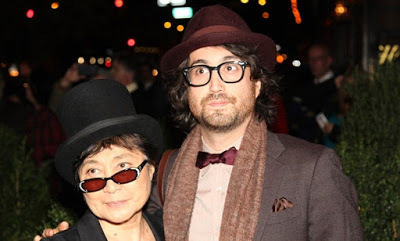
Early Life Singer, songwriter, musician and actor. Sean Taro Ono Lennon was born in New York, New York, on October 9, 1975. He is the only child of the founding member of the English rock band The Beatles, John Lennon, and his avant-garde artist wife, Yoko Ono.
Lennon was born on his father's 35th birthday. After Sean's birth, John quit the music business and became a house husband, doting on his young song until his murder in 1980. John was shot by a deranged fan outside the Dakota, an apartment building in Manhattan where the Lennons lived.
"I remember when my dad died," Sean told New York Magazine in 1998. "You don't really miss anything specific. You just miss them breathing, just being there. I miss the way his skin felt, the sound of his voice. Him tucking me in at night."
At age 11, Sean was sent off to Institut Le Rosey, a private Swiss boarding school. When he returned to the Dakota four years later, he enrolled at Dalton Schools.
His first appearance on record was on his mother's Season of Glass (1981), reciting a story that his father used to tell him. He later performed It's Alright on the Ono tribute album Every Man Has a Woman (1984). Four years later, he was featured on Michael Jackson's Moonwalker video.
He eased into the music industry through collaborations with Lenny Kravitz on Mama Said (1991) and forming a backing band for his mother's album Rising(1995).
In 1997, Lennon joined New York-based Japanese duo Cibo Matto, which included his live-in girlfriend Yuka Honda, for their second EP Super Relax. Honda produced Lennon's debut solo album Into The Sunin 1998. A music video for the track Home enjoyed extended airplay on MTV.
Lennon followed up in 1999 with the EP Half Horse, Half Musician, featuring two new tracks and remixes of songs from Into The Sun. He also experimented in the worlds of Hip Hop and Metal, collaborating with various performers either as a session musician or as a producer.
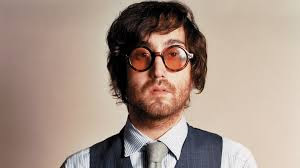
Lennon performed The Beatles' This Boy and Across The Universe for a tribute concert to his father Come Together: A Night for John Lennon's Words and Music (2001). In the following years, he stayed out of the spotlight, gaining only minor attention when he dated Mick Jagger's daughter, Elizabeth.
After his first record label Grand Royal Records folded, Sean signed with Capitol Records in 2001. Capitol's parent company, EMI, has released his father's entire musical output, group and solo.
But it was another five years before Lennon released his second solo album, Friendly Fire, featuring the single Dead Meat. Accompanying the new album was a DVD that tied together videos for each song on the album.
Beginning in October 2006, Lennon went on an extensive tour to promote the album. Sean's half-brother, musician Julian Lennon, the only child of John and his first wife, Cynthia, accompanied him for parts of the tour.

Clancy's comment: Man, you sure can see his father in his face.
I'm ...


Published on January 19, 2016 06:22
January 18, 2016
19 January 2016 - WHAT'S HAPPENING INSIDE OUR BODY
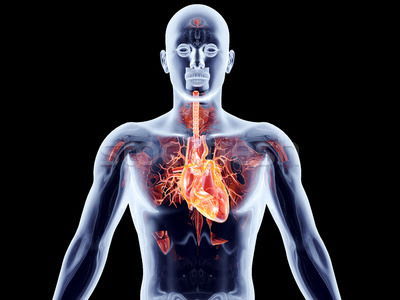
WHAT'S HAPPENING INSIDEOUR BODY
G'day folks,
Ever wondered what happens inside our bodies at any given moment? Check this out.

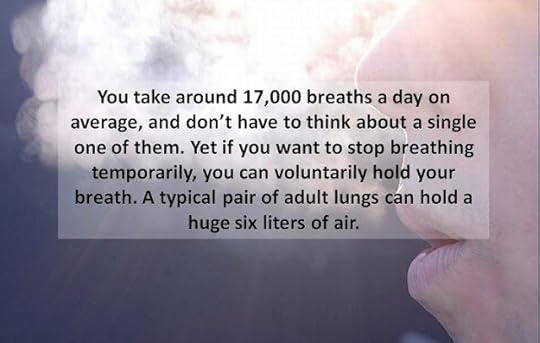

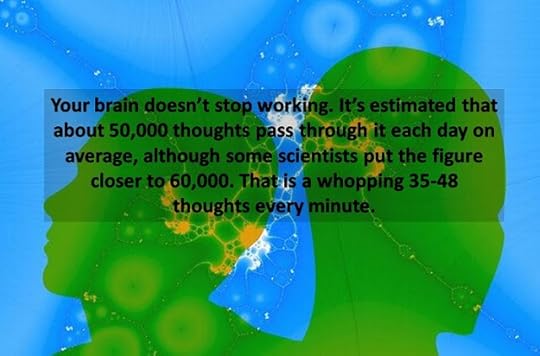

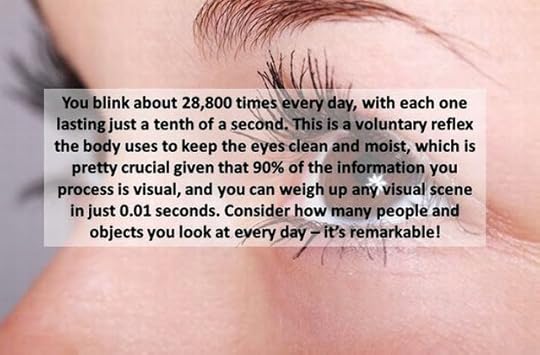






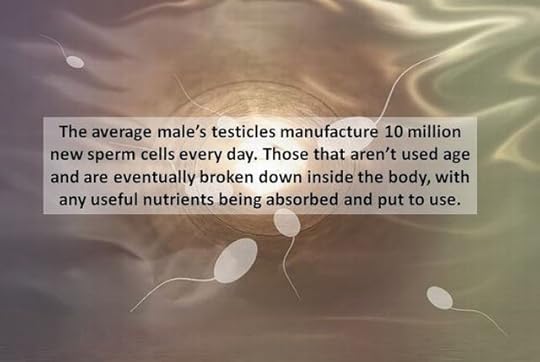


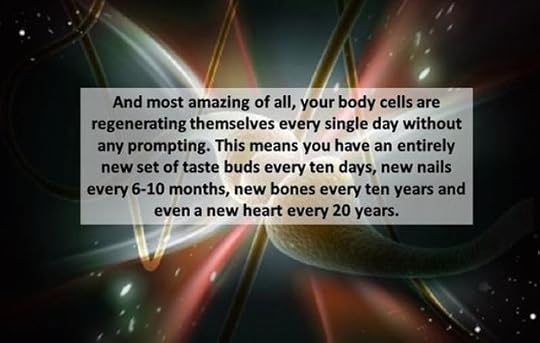


Clancy's comment: Feel better? What a machine, eh?
I'm ....

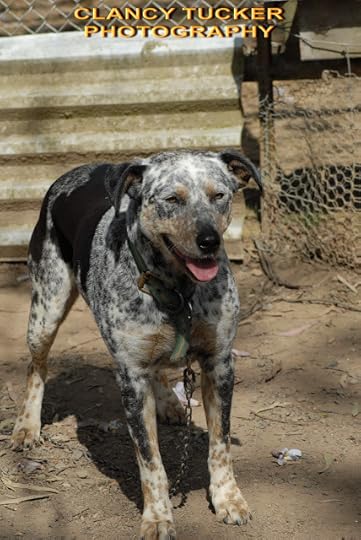
Published on January 18, 2016 02:45
January 17, 2016
18 January 2016 - ALBANIA
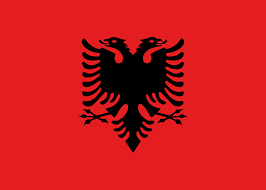
ALBANIA
G'day folks,
Welcome to Albania; the country where Mother Teresa reputedly was born. Albania, on Southeastern Europe’s Balkan Peninsula, is a small country with coastlines on the Adriatic and Ionian seas and an interior crossed by the Albanian Alps. Along its southern coast, the Albanian Riviera is known for its traditional Mediterranean villages, beach resorts and vibrant nightlife. With history stretching back to antiquity, Albania is also rich in castles and archaeological sites.

Geography
Albania is situated on the eastern shore of the Adriatic Sea, with Montenegro and Serbia to the north, Macedonia to the east, and Greece to the south. Slightly larger than Maryland, Albania is composed of two major regions: a mountainous highland region (north, east, and south) constituting 70% of the land area, and a western coastal lowland region that contains nearly all of the country's agricultural land and is the most densely populated part of Albania.
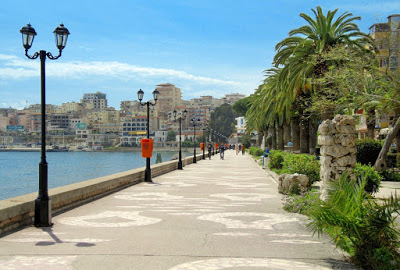
Government
Emerging democracy.
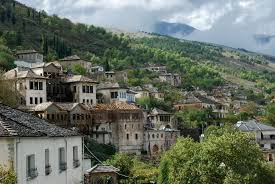
History
A part of Illyria in ancient times and later of the Roman Empire, Albania was ruled by the Byzantine Empire from 535 to 1204. An alliance (1444–1466) of Albanian chiefs failed to halt the advance of the Ottoman Turks, and the country remained under at least nominal Turkish rule for more than four centuries, until it proclaimed its independence on Nov. 28, 1912.
Largely agricultural, Albania is one of the poorest countries in Europe. A battlefield in World War I, after the war it became a republic in which a conservative Muslim landlord, Ahmed Zogu, proclaimed himself president in 1925 and king (Zog I) in 1928. He ruled until Italy annexed Albania in 1939.
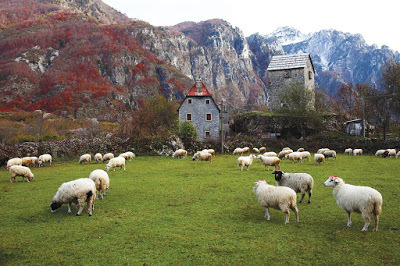
Communist guerrillas under Enver Hoxha seized power in 1944, near the end of World War II. Hoxha was a devotee of Stalin, emulating the Soviet leader's repressive tactics, imprisoning or executing landowners and others who did not conform to the socialist ideal.
Hoxha eventually broke with Soviet communism in 1961 because of differences with Khrushchev and then aligned himself with Chinese communism, which he also abandoned in 1978 after the death of Mao. From then on Albania went its own way to forge its individual version of the socialist state and became one of the most isolated—and economically underdeveloped—countries in the world. Hoxha was succeeded by Ramiz Alia in 1982.

Clancy's comment: Although we rarely hear of countries like Albania, they are wonderful places to visit.
I'm ...


Published on January 17, 2016 02:22
January 15, 2016
17 January 2016 - MORE WISE QUIPS

MORE WISE QUIPS
G'day folks,
Time for some more wisdom from folks around the globe.

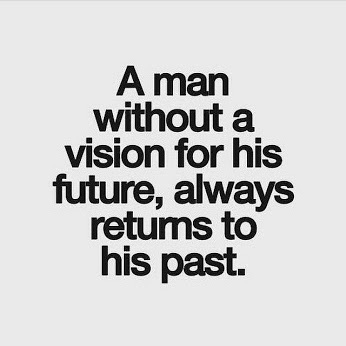

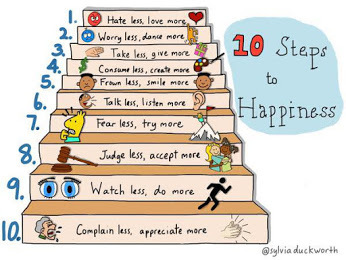

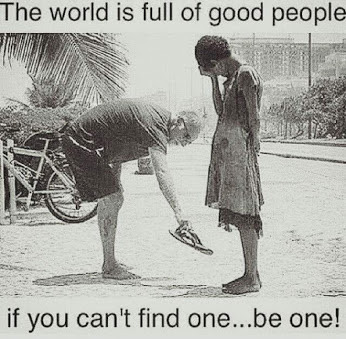


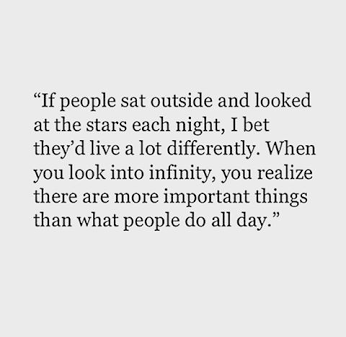
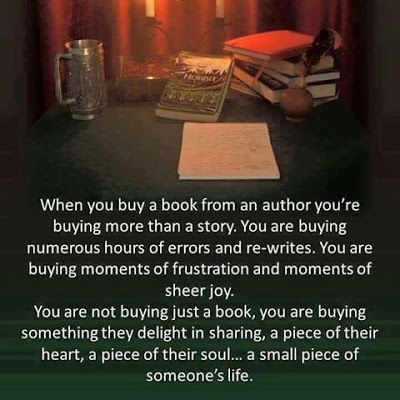



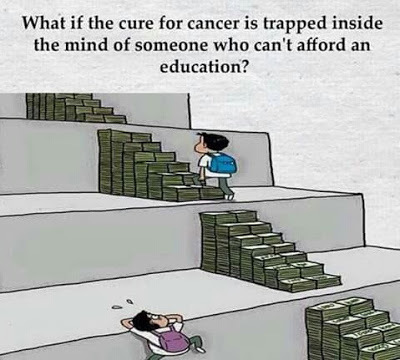


Clancy's comment: Hope this has made you smile.
I'm ...


Published on January 15, 2016 14:11
16 January 2016 - JAMES DEAN
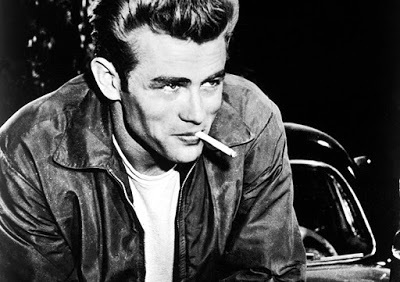
JAMES DEAN
G'day folks,
Today, I present some facts about a former heart throb from Hollywood. James Byron Dean was an American actor. He is a cultural icon of teenage disillusionment and social estrangement, as expressed in the title of his most celebrated film, Rebel Without a Cause, in which he starred as troubled teenager Jim Stark.
Everyone remembers the stunning black-and-white photo taken of James Dean in the mean streets of New York. He’s walking alone next to Central Park, hands wedged deep in the pockets of an oversized trench coat, smoking a cigarette and looking off into the distance. It’s an iconic image of an iconic young man, one who was taken from the spotlight before he ever really entered it.
When James Dean died in September 1955 he was just 24 years old. He had certainly gained notoriety through his work on East of Eden, a film that was largely improvised and won him the first ever posthumous Academy Award nomination for lead actor. But it wasn’t until a month after his death that the real film for which the actor became known for was released: Rebel Without a Cause. A short time later the third and final film for which the actor would be known, Giant, also hit theatres.
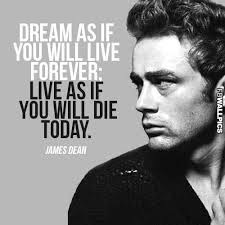
The actor’s roles in each of the films may have been significantly different, but it was his portrayal of rebellious teenager Jim Stark in Rebel Without a Causethat hit the right notes with adolescent movie-goers. That, coupled with the way Dean died (racing his Porsche 550 Spyder, which was nicknamed “Little Bastard”) propelled him to a type of immortal cult status like Marilyn Monroe and Elvis Presley, but one that celebrated rebellion and going against the status quo. Fittingly, it was also the only one of these three film for which Dean wasn’t nominated posthumously for an Academy Award, and the role that made him go for Giant in the first place; he didn’t want to be typecast as the bad boy teenager.
While Dean may have become something of a teen heartthrob onscreen, behind-the-scenes it was a different story. The man was known to pay very little attention to his personal appearance, reportedly sometimes even showing up places with disheveled hair or without shoes. That’s largely why the set of photos including the one mentioned above were such an integral part of his story. Shot by up-and-coming Life photographer Dennis Stock, these prints included photos of Dean visiting the town of Fairmount, Indiana, where he grew up, getting his hair trimmed or going about his every day life.
It’s this photo shoot that is the subject of the latest biopic revolving around the actor’s life in Life. In it, Dean is portrayed by Dane DeHaan, while the role of Stock is helmed by Robert Pattinson. The flick doesn’t hit theatres until December, but it’s already garnering mixed reviews from several film festivals, with criticisms against the film accusing it of shying away from digging deep into Dean’s personal interactions.
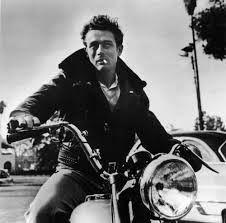
That includes the often looked over fact that Dean was reportedly bisexual, having had relationships with several men and women over the course of his short life. It’s a fact that’s been confirmed by Elizabeth Taylor herself, Dean’s Giantco-star who once counted Dean among her many gay friends. In fact, after Taylor’s death in 2011, off-the-record interviews with the star surfaced revealing even more gossip about her former co-star. In an interview with the Daily Beast, the starlet dropped another bombshell to Dean fans everywhere.
“I loved Jimmy. I’m going to tell you something, but it’s off the record until I die. OK? When Jimmy was 11 and his mother passed away, he began to be molested by his minister. I think that haunted him the rest of his life. In fact, I know it did.”
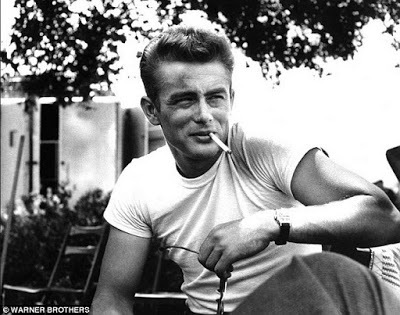
Whether Dean’s racing and continued quest for speed (he upgraded racing cars several times in the years before his death) had anything to do with trying to escape his past is something the actor has taken to the grave with him. What he did leave behind is an image of restless youth intent on fighting The Man, and an actor who was able to express the hopes and dreams of the young in a way so few others ever have. Even if that wasn’t exactly the legacy he planned on leaving behind, it’s one that has stuck for more than half a century with movie buffs everywhere. It’s an impressive feat indeed, considering the man’s altogether short resume and life.

Clancy's comment: He sure was a pin-up boy.
I'm ...


Published on January 15, 2016 02:34
January 14, 2016
15 January 2016 - OPERATION UNDERWORLD
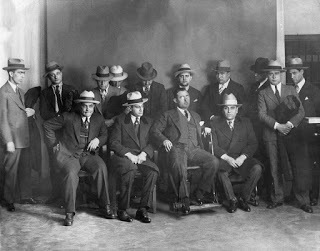
OPERATION UNDERWORLD
G'day folks,
You might find this interesting. In order to prevent enemy sabotage at home during World War II, the U.S. government secretly enlisted the help of an unlikely partner—the Mafia.
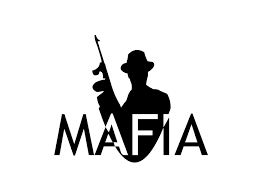
On the afternoon of February 9, 1942, smoke billowed over Manhattan’s west side as a fire consumed SS Normandie, a huge French luxury liner being converted into an American World War II troop transport. Although witnesses reported sparks from a worker’s acetylene torch started the blaze, many feared Nazi saboteurs were to blame, particularly in light of the arrest of 33 German agents in the Duquesne Spy Ring only months earlier. In the inferno’s wake, the U.S. Office of Naval Intelligence became so concerned about enemy spies operating along New York’s waterfront that it enlisted a most unlikely partner in the war effort—the Mafia.
In March 1942, with the recruitment of Fulton Fish Market kingpin Joseph “Socks” Lanza, Naval Intelligence officers launched the top-secret “Operation Underworld.” Lanza agreed to furnish union cards to agents operating undercover in the market and aboard coastal fishing fleets. Authorities were particularly concerned that pro-fascist sympathizers of Germany’s top ally, Italian dictator Benito Mussolini, lurked among the Italian immigrants who worked as longshoremen in New York. However, Lanza explained that their cooperation could be secured by the imprisoned mobster Charles “Lucky” Luciano, who still wielded absolute power on the docks even after six years behind bars.
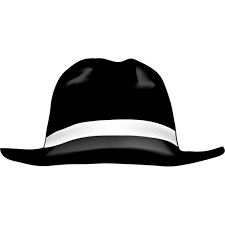
With his top aide Meyer Lansky acting as an intermediary, Luciano agreed to assist the government and ordered his capos to act as lookouts and report any suspicious activity. Luciano’s contacts even assisted in the Allies’ 1943 amphibious invasion of Sicily by providing maps of the island’s harbors, photographs of its coastline and names of trusted contacts inside the Sicilian Mafia, who also wished to see Mussolini toppled.
Still with between 20 and 40 years left on his sentence, Luciano filed a petition for executive clemency on May 8, 1945—the same day World War II ended in Europe. Ironically, the man who had prosecuted the mobster a decade earlier, New York Governor Thomas E. Dewey, pardoned Luciano in January 1946 due to his assistance in the war effort and ordered him deported to his native Italy. The ultimate effectiveness of “Operation Underworld” has been questioned, but no other ships suffered the same fate as Normandie for the duration of World War II.

Clancy's comment: Interesting, eh? Nothing would surprise me.
I'm ...


Published on January 14, 2016 03:37
January 13, 2016
14 January 2016 - DO CARROTS IMPROVE YOUR EYES?

DO CARROTS IMPROVE YOUR EYES?
G'day folks,
Here is a good question for you. I bet your parents mentioned this to you as you were growing up.
If your parents ever told you that eating carrots would improve your eyesight, you can consider yourself a victim of World War II propaganda. The myth dates back to the early 1940s and a famous misinformation campaign by the British government. At the time, the Royal Air Force was utilizing a new onboard radar system called Airborne Interception Radar, which allowed their pilots to more effectively target German bombers during nighttime missions. To keep the true source of their higher kill counts under wraps, the RAF spread a rumor that its fighter aces’ cat-like night vision was the result of a steady diet of vitamin-rich carrots.

Strange though it may seem, the claim wasn’t entirely bogus. Carrots are a good source of beta-carotene, which the body converts to vitamin A—a crucial component of overall eye health. But while carrots might help the vision of a person with severe malnutrition, gobbling down excess amounts of them won’t allow you to suddenly ditch your glasses or see better in the dark. In fact, too much vitamin A can be toxic.

There’s no evidence that Britain’s carrot propaganda actually fooled the Nazis, but it did stick in the public consciousness. Spurred on by posters and news reports claiming carrots would help with their “night sight” during wartime blackouts, many British citizens began serving up heaping portions on their dinner tables and growing them in their “victory gardens” at home.
The Ministry of Food even introduced a cartoon character named “Dr. Carrot” to make them more palatable to children. By the time the war ended, Britain had produced a surplus of carrots, and the vegetable’s reputation as an eye-fortifying superfood had cemented itself in popular folklore.

Clancy's comment: Mm ... Yep, heard this heaps of times as a kid.
I'm ....


Published on January 13, 2016 00:38
January 12, 2016
13 January 2016 - The Strange Case of Robert Durst
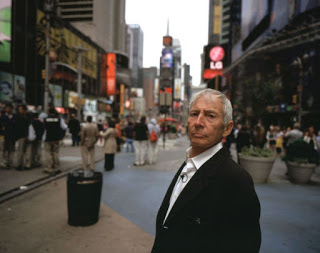
The Strange Case of Robert DurstG'day folks,
Real estate scion and alleged serial murderer Robert Durst was arrested on Saturday, the day before the shocking final episode of "The Jinx," the HBO documentary series about his life and alleged crimes. Here's a look at some of the more bizarre details of his ongoing saga.
Recently, the final episode of HBO's six-part documentary The Jinx: The Life and Deaths of Robert Durst, dropped a headline-making bombshell in its final moments. Real estate scion, shape shifter, and alleged serial murderer Robert Durst is recorded off-camera, speaking to himself in the bathroom: "What the hell did I do?. . .Killed them all, of course." At the time of the broadcast, Durst had already been arrested by the FBI in New Orleans in connection with the murder of his friend Susan Berman.
The Jinx: The Life and Deaths of Robert Durst is directed by Andrew Jarecki, best known for his 2003 documentary about another troubled family, Capturing the Friedmans. Jarecki and writer/co-producer Marc Smerling have visited this particular well before; in 2010, they produced a fictionalized account of Durst’s story in the feature film All Good Things, starring Ryan Gosling as the Robert Durst character and Kirsten Dunst as his wife.
Apparently, Durst liked Jarecki and Smerling’s dramatization, because he offered his full cooperation in the making of The Jinx. The now 71-year-old subject appeared on-camera to tell his story and, perhaps, unwittingly reveal his secrets.
The facts that made Durst such a complex and compelling subject are these: in 1982, Durst’s semi-estranged wife Kathleen, who was in the process of finishing her medical degree, disappeared without a trace. Her husband came under suspicion, but neither body nor tangible evidence of his culpability in any crime was found. The investigation foundered as Durst prospered in his father’s real estate business. Then, in the 1990s, he left the firm after a family dispute and himself disappeared from sight, only to resurface in Galveston, Texas as the main suspect in the murder/dismemberment of a neighbor.
There was a manhunt, Durst was caught, and acquitted (though he did cop to cutting up his neighbor’s body.) In the meanwhile, Susan Berman, a longtime female friend, of the suspect also turned up murdered in California. On March 14, 2015, Durst was arrested by the FBI in connection with Berman's murder.
That’s the outline of Durst’s ongoing saga. But here are some of the more bizarre details of his story:
1. Trouble attached itself early to Robert Durst. When he was seven, his 32-year-old mother either jumped or fell to her death from the roof of the family home in Scarsdale, New York. Robert was a witness; years of counseling followed. As a child, his eccentricities included pretending to be in a school band and hiding his tuba in the woods.
2. Despite his wealth, Robert styled himself a member of the counterculture in the late 1960s and early 1970s.
While enrolled at UCLA, he minored in marijuana intake, engaged in primal scream therapy alongside John Lennon and Yoko Ono, and became an acolyte of Beatles guru Maharishi Mahesh Yogi. In the early 70s, he met Kathleen, and the couple moved to New Hampshire to run a health food store.
3. Robert seemed less than concerned after his wife’s disappearance. Kathleen was on the verge of extricating herself from what friends described as a controlling, abusive Robert when she vanished in 1982. Durst did not report the disappearance for four days, and his accounts of the last time he saw his wife in their Westchester County home kept changing and did not hold up to scrutiny. The police were stumped, but after several of Kathleen’s friends undertook their own investigation, their homes were burglarized and relevant materials stolen.
4. Like Cain, Robert was no fan of his younger brother.
In a recent interview with The New York Times, Douglas Durst revealed that he and his brother’s long-standing enmity extended to keeping weapons—a plumber’s wrench for Robert, a piece of pipe for Douglas—close at hand in their Durst Organization offices during the 1990s. Father Seymour Durst eventually replaced eldest son Robert with Doug as designated successor. Robert subsequently left the company.
5. Being a mafia princess doesn’t necessarily protect you from your crazy friends. On Christmas Eve of 2000, Durst pal and supporter Susan Berman, who had written books about her girlhood amongst Las Vegas mobsters like Bugsy Siegel, was found dead in her Los Angeles pool. A single gunshot wound to the head made it look like a gang hit. But it then emerged that New York State Police had been in touch with Berman about the Kathleen Durst cold case. Durst was arrested by the FBI on March 14, 2015 in connection with Berman's murder.
6. In 2000, the same year as Berman's murder, a cross-dressing Robert turned up in Galveston.
Dressed in drag and posing as a mute woman called Dorothy Ciner (the name of an actual childhood acquaintance), Durst moved into a shabby apartment in the Texas coastal city. At times he also passed as a mute man, and sometimes as Dorothy Ciner’s house guest, Robert Durst.
7. Dorothy was no more to be trusted than Robert.
In September 2001, pieces of Dorothy’s neighbor, 71-year-old Morris Black, started washing ashore around Galveston. No head was ever recovered. A trail of blood was found leading from Black’s apartment to Dorothy’s. Her true identity was revealed, and Robert was arrested, but posted bail and escaped.
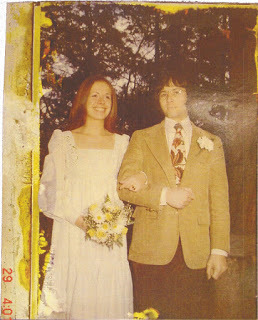
8. Robert should have resisted the urge to shoplift that chicken sandwich. Still dressed in a woman’s wig, Durst was apprehended while stealing a sandwich, a newspaper, and a Band-Aid from a Pennsylvania supermarket. He pled innocent to the murder charge during trial, claiming a struggle over a gun had led to Black’s death (while admitting to carving up the man’s body with a paring knife). Durst was acquitted of murder, although he served some time on lesser charges.
9. Was Robert also a dogslayer?
With interest revived in Kathleen Durst’s disappearance and presumed murder, Douglas Durst revealed a theory in his Times interview. According to his account, Robert had a succession of seven Alaskan Malamutes (all named Igor) who mysteriously died over the months leading to Kathleen’s disappearance. Could these have been dry runs for the big event?
10. Public urination has tripped Robert up on more than one occasion.
In July 2014, Durst was arrested when he exposed himself and urinated on a candy rack at a Houston CVS. Douglas Durst recalls that his older brother’s fate with the Durst Organization may have been sealed when he peed in an uncle’s wastebasket. This piece of information may not help solve the Kathleen Durst case, but when it comes to Robert Durst, stranger things truly have happened.

Clancy's comment: Weird, eh? I'm ...

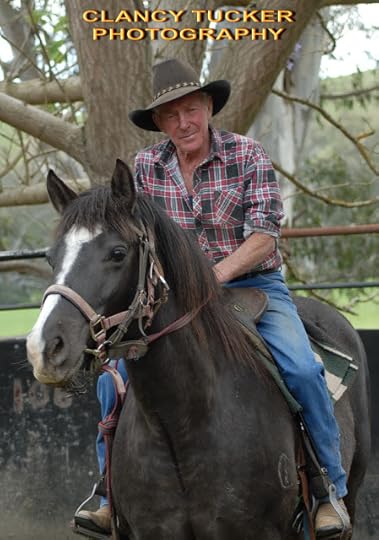
Published on January 12, 2016 03:41
January 11, 2016
12 January 2016 - CLANCY TUCKER PHOTOGRAPHY

CLANCY TUCKER PHOTOGRAPHY
G'day folks,
Here are some more photographs I've taken. Enjoy ...
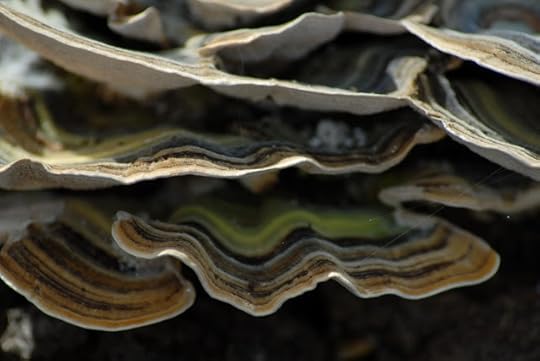


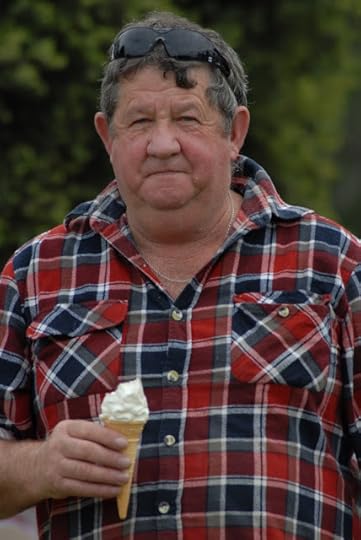

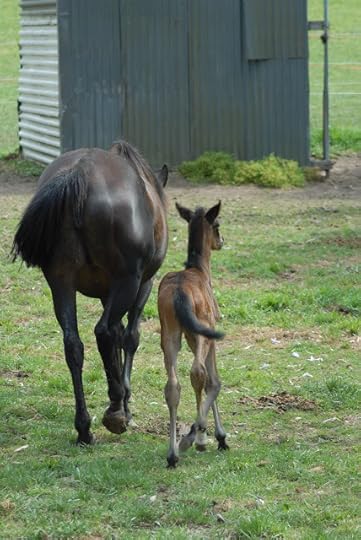



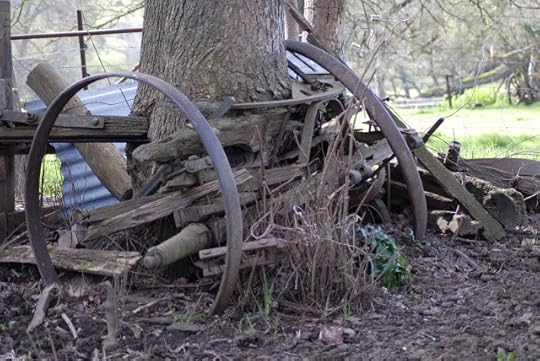



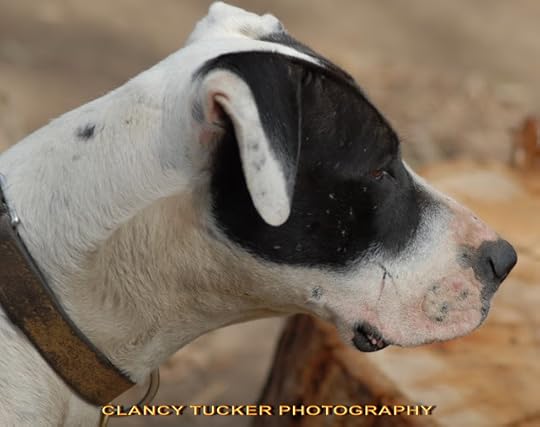
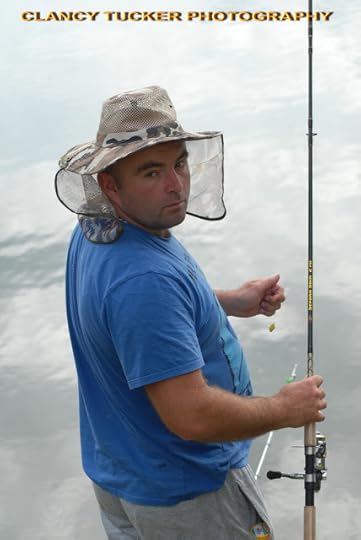

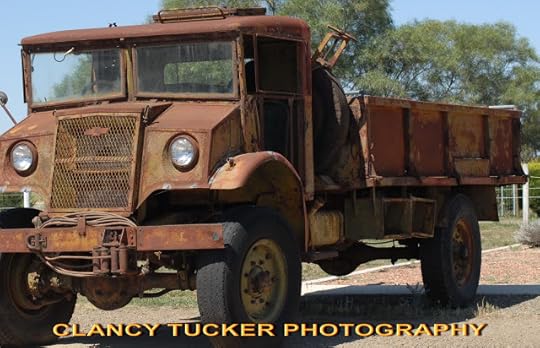


Clancy's comment: I hope you enjoyed the diversity of shots. I'm always looking for something different.
I'm ...


Published on January 11, 2016 04:10
January 10, 2016
11 January 2016 - BELGIUM
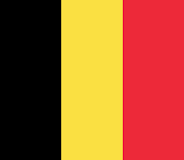
BELGIUM
G'day folks,
Welcome to a post about Belgium. Belgium, a country in Western Europe, is known for its medieval old towns, Flemish Renaissance architecture and international headquarters of the European Union and NATO. The country is divided into 2 distinctive multilingual regions: Dutch-speaking Flanders to the north and French-speaking Wallonia to the south. The bilingual capital, Brussels, is home to ornate guildhalls at Grand-Place and an art nouveau-influenced European Quarter.

Geography
Located in western Europe, Belgium has about 40 mi of seacoast on the North Sea, at the Strait of Dover, and is approximately the size of Maryland. The Meuse and the Schelde, Belgium's principal rivers, are important commercial arteries.
Government Parliamentary democracy under a constitutional monarch. Under the 1994 constitution, autonomy was granted to the Walloon region (Wallonia), the Flemish region (Flanders), and the bilingual Brussels-Capital region; autonomy was also guaranteed for the Flemish-, French-, and German-speaking “communities.” The central government retains responsibility for foreign policy, defense, taxation, and social security.
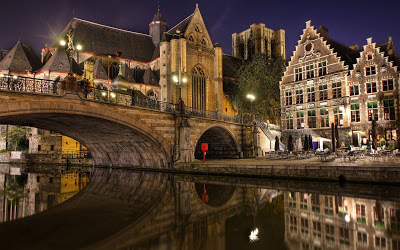
History Belgium occupies part of the Roman province of Belgica, named after the Belgae, a people of ancient Gaul. The area was conquered by Julius Caesar in 57–50 B.C. , then was overrun by the Franks in the 5th century A.D . It was part of Charlemagne's empire in the 8th century, then in the next century was absorbed into Lotharingia and later into the duchy of Lower Lorraine. In the 12th century, Belgium was partitioned into the duchies of Brabant and Luxembourg, the bishopric of Liège, and the domain of the count of Hainaut, which included Flanders. In the 15th century, most of the Low Countries (currently the Netherlands, Belgium, and Luxembourg) passed to the duchy of Burgundy and were subsequently inherited by Emperor Charles V.
When the latter abdicated in 1555, the territories went to his son Philippe II, king of Spain. While the northern part, now the Netherlands, gained its independence in the following decades, the southern part remained under Spanish control until 1713, when it was transferred to Austria. During the wars that followed the French Revolution, Belgium was occupied and later annexed to France. But with the downfall of Napoléon, the Congress of Vienna in 1815 reunited the Low Countries under the rule of the king of Holland. In 1830, Belgium rebelled against Dutch rule and declared independence, which was approved by Europe at the London Conference of 1830–1831.
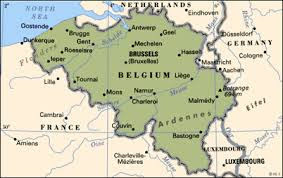
Germany's invasion of Belgium in 1914 set off World War I. The Treaty of Versailles (1919) gave the areas of Eupen, Malmédy, and Moresnet to Belgium. Leopold III succeeded Albert, king during World War I, in 1934. In World War II, Belgium was overwhelmed by Nazi Germany, and Leopold III was held prisoner. When he returned at the government’s invitation in 1950 after a narrowly favorable referendum, riots broke out in several cities. He abdicated on July 16, 1951, and his son, Baudouin, became king.
Because of growing opposition to Belgian rule in its African colonies, Belgium granted independence to the Congo (now Democratic Republic of the Congo) in 1960 and to Ruanda-Urundi (now the nations of Rwanda and Burundi) in 1962.
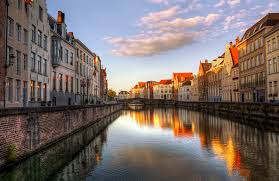
Since 1958, when the European Economic Community was born, Brussels, the country’s capital, has gradually established itself as the de facto capital of what has now become the European Union (EU), a role that became official in Dec. 2000 when the European Council of heads of government decided to hold all its regular meetings in Brussels. As a result, the city has become home not only to nearly 20,000 European civil servants, but to an even more numerous community of lobbyists, lawyers, and other professionals drawn to the EU’s main decision center.
Growing divisions between Flemings and Walloons, and devolution along linguistic lines, culminated in the revised constitution of 1994, which turned Belgium into a federal state with significant autonomy for its three regions and its three language “communities.”

Clancy's comment: I have not been there for many years, but would like to return to take millions of photographs.
I'm ....


Published on January 10, 2016 01:55



